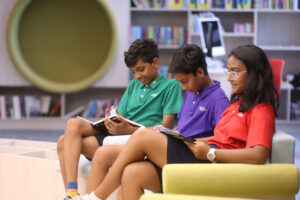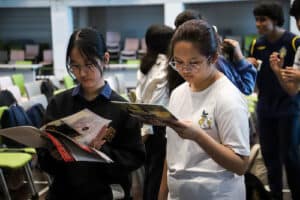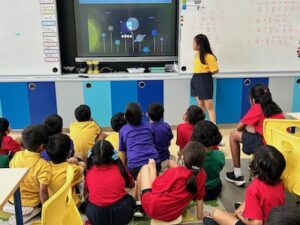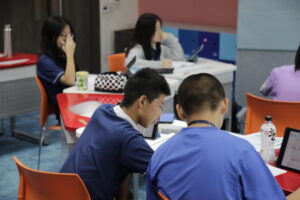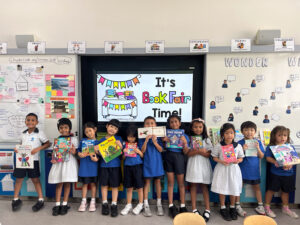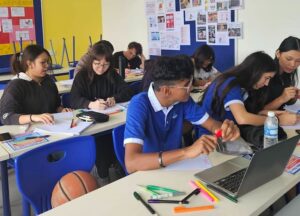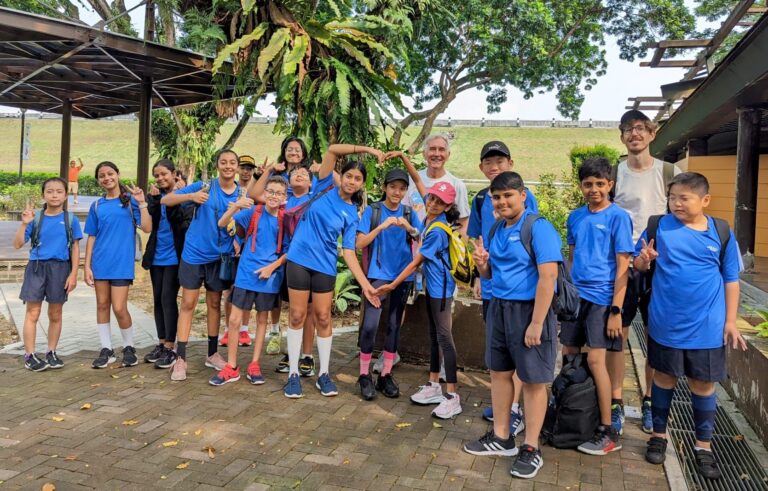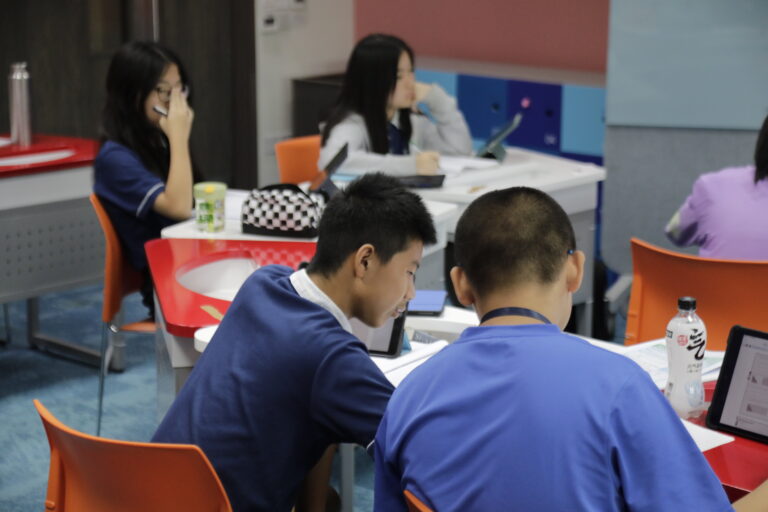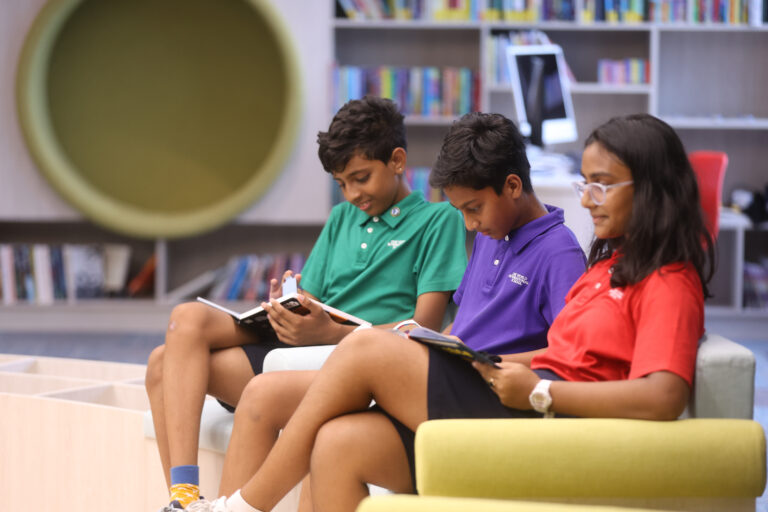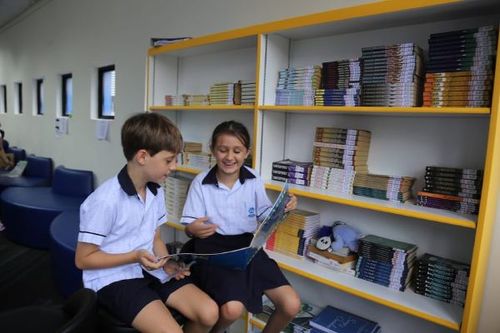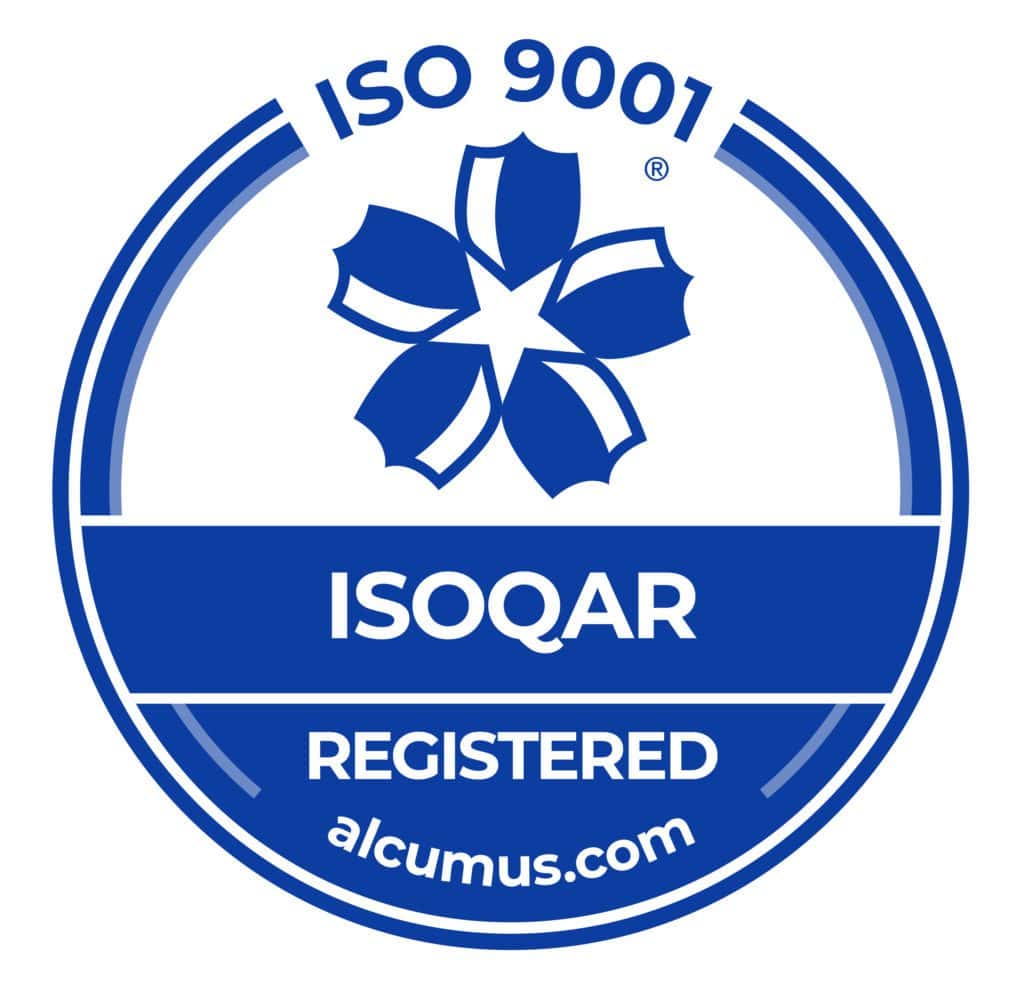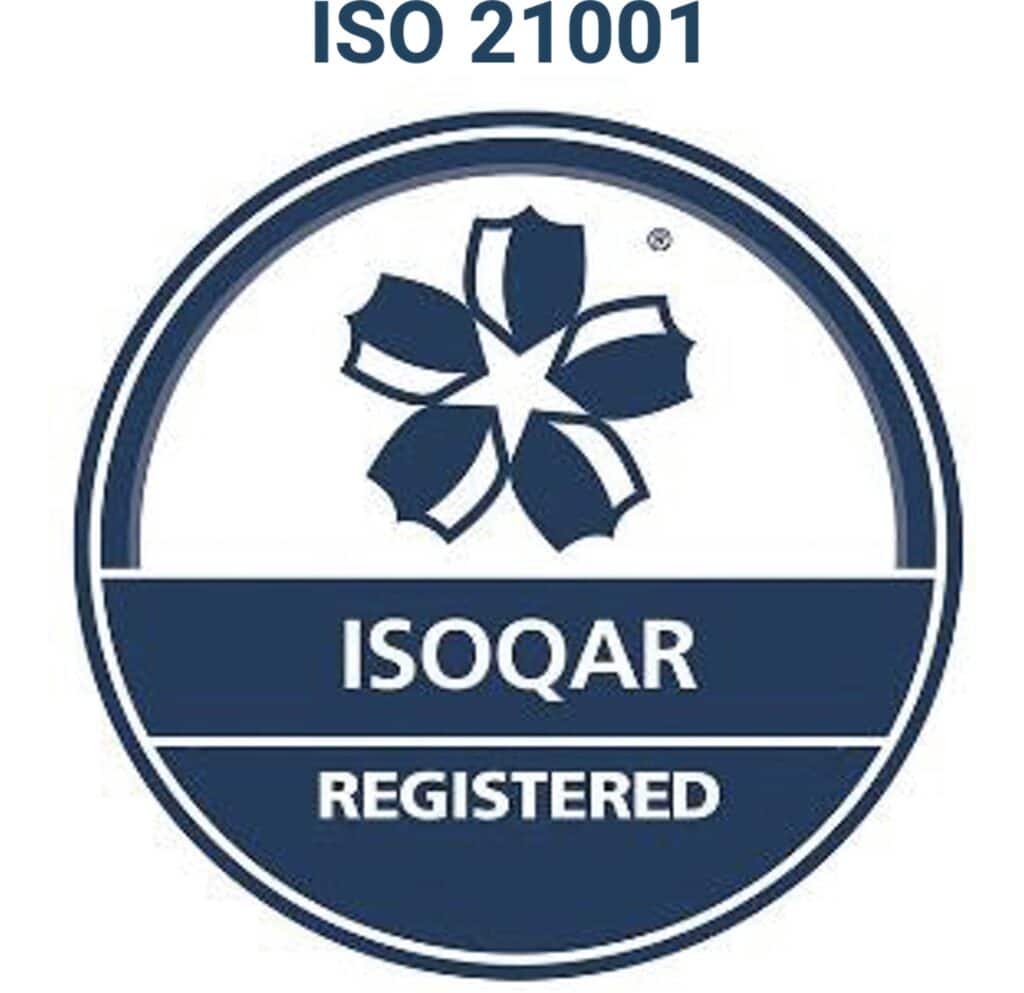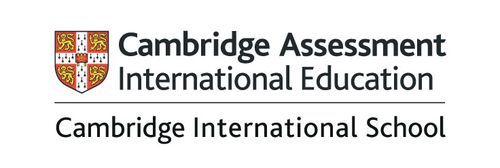Information and communication technology, or ICT, plays a massive role in today’s world. And it is imperative for students to acquire the necessary technology skills and experience that will help them succeed in the 21st century. For this reason, One World International School (OWIS) values technology training. We value it so much, in fact, that we begin teaching basic technology skills as part of our IB Primary Years Programme (IB PYP) in Early Childhood and Primary School.
For parents interested in learning more about technology in primary schools and the role it plays in helping your child succeed, we’ve put together this informational guide. This guide was presented as part of a Parent Partnership seminar, hosted by Ms Shweta Agarwal and Ms Semeli Siouti-Petmeza, our Primary ICT teachers at OWIS Nanyang.
Teaching ICT in the Primary Classroom
OWIS follows the International Baccalaureate Primary Years Programme. The IB PYP emphasises three different areas when it comes to ICT:
Learning Technology

When students learn technology, they gain an understanding of how to use it to advance their skills in research, information gathering and more. They have real opportunities to engage with the devices and receive instructions on how to utilise the software. They learn to power devices such as tablets on and off, log in and out of approved websites, and use educational apps to meet their academic objectives.
It may sound too complicated for a young student to master, but our primary-year educators at OWIS are experts at presenting information in an age-appropriate and engaging way. For example, our younger students may use story-writing software that breaks writing down into easy-to-digest segments, including characters, texts and images. Using these simple building blocks, students learn to compose compelling stories that feature a beginning, a middle and an end.
Learning About Technology
Learning about technology means gaining a clear understanding of technology and how it’s useful in today’s world. Students learn about the many different types of media, such as digital recordings, print and video, and they learn how technology aids in computational thinking. They learn about websites and slide presentations and use creative tools like Tinkercad or SketchUp to design solutions for real problems.
Learning Through Technology
Lastly, we cover learning through technology, which emphasises the many roles tech plays in education. Students gain an understanding of the scope and importance of technology and how it assists us in everyday life, from primary school to college to work. Additionally, they learn how to use technology to their best advantage through a five-step approach:
- Research: Learning to source properly, how to identify a trustworthy source and how to analyse website URLs
- Collaboration: Using communication apps such as Google Meet, Zoom, etc.
- Creativity: Using technology to design creative solutions
- Digital citizenship: Learning about how to be safe, kind and responsible online. Each digital citizenship lesson takes on real challenges and digital dilemmas that students face today, giving them the skills they need to succeed as digital learners, leaders, and citizens tomorrow.
- Assessment: Receiving feedback on submitted work through Kahoot!, Google Forms and other technology platforms
Why We Emphasise Integration and Skill Development Through Technology
ICT is used as a tool in IB PYP. We integrate technology so that it aids learning. For example, recently, our Primary students were learning about body systems and different organs in their UOI lesson. During ICT lessons, students were introduced to an app called Human Anatomy, where they could scan the body system and see how organs function within their body and their interconnectedness with other body systems.
How OWIS Strives to Close Gaps in ICT Skills
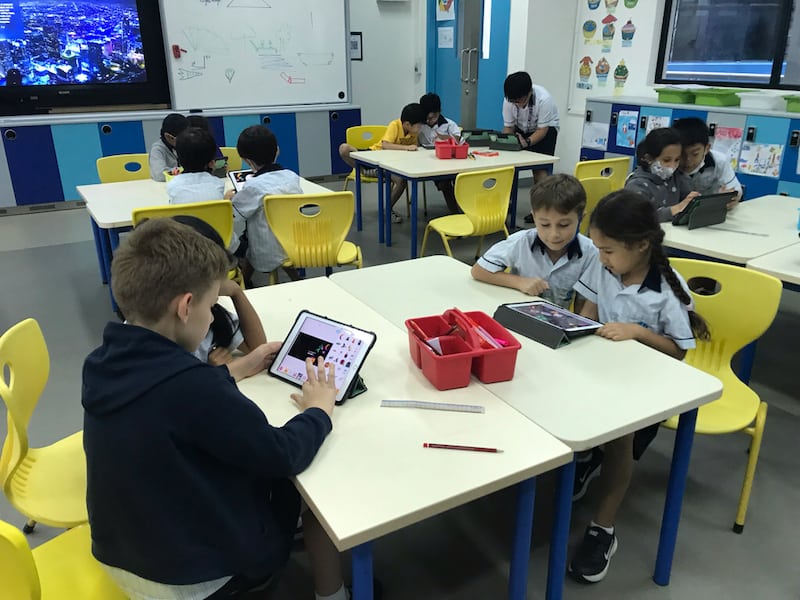
While it seems as if young students in today’s digital world are born holding tablets and smartphones, there are still many gaps between what they know and what’s actually possible. OWIS educators consider it their mission to fill in those gaps, gifting even young students with a knowledge of technology that will benefit them for the rest of their lives.
And swift on the heels of integration comes skill development. The more our young students use age-appropriate apps and devices, the more adept they become. As they work on the material that’s being covered, they’re also learning what type of information is and isn’t appropriate to share online. They are also taught the importance of identifying what is real and fake news, academic integrity, what could be possible consequences of plagiarism at OWIS and beyond.
As an international primary school that follows the IB PYP, we’re not “locked” into using only specific applications, such as Microsoft Excel or PowerPoint. Our educators keep themselves up to speed on the latest tech developments that may benefit our students in their learning journeys, and they are able to incorporate these innovations into the curriculum easily.
Contact our Admissions Counsellor today if your family is interested in learning more about how OWIS Nanyang incorporates information and communication technology and digital learning into the primary classroom.

